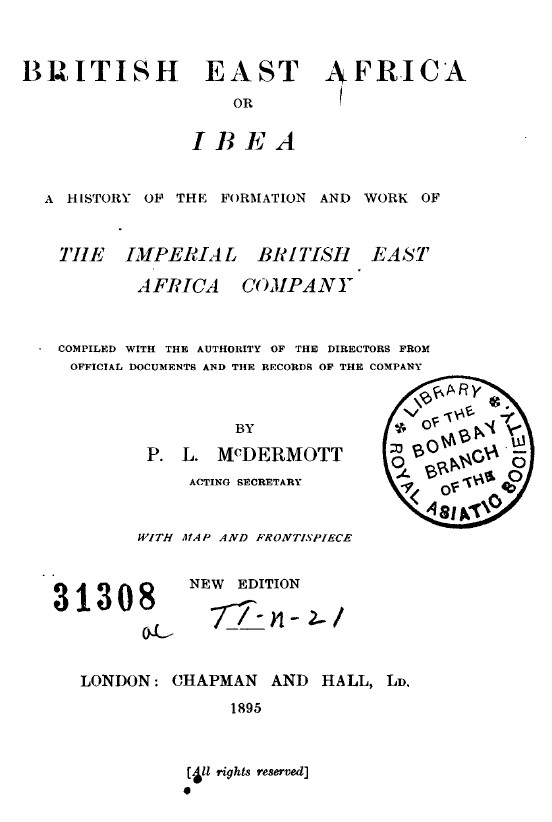
This is one of the few photos available of the Comorian woman in the late nineteenth century. Accepting to take pictures in 1898 by French resident Henri Pobeguin, these two women of Moroni, Moina Darini wa Mougne Abbas (wife of Sheikh Ahmed Mansoib, cadi of Bambao) and his mother Moina Mimi wa Said Ankil, came to break the tradition of ′′ Mwana Zidakani ′′ at the time reserved for so-called free or noble-class women.
A gesture that is not without consequence, since, according to Sophie Blanchy, the resident was confronted with the weight of this tradition especially when he wanted to photograph the women, synonymous with privacy, who were only dating their ′′ bwi-bwi ′′ “.
Harem, is probably the word, in the perception of the West, which best reflects our tradition on everything that comes from this term ′′ Mwana Zidakani “. Despite the fact, that the West, has long developed a whole fantasy around this word harem, yet it means nothing literally that ′′ well protected ′′ and the current translation gives us ′′ sacred “, a word that is familiar with Masjid Al Haram ′′ sacred mosque “.
The portraits of Comorian women who make up the photo collection of resident Henri Pobeguin, are mostly domestic servants.
Apart from the three princesses of Mbadjini who were put under guardianship of France after the disappearance of their mother in Moheli in 1893. There was only the Sheikh Ahmed Mansoib house and the Mayor of Moroni Charif Abdallah, all the two had a friendship with the resident (probably, they had convinced their mother-in-law (Moina Mimi and Moina Halima Mougné Makiemba) and their wives respectively), who agreed to open their doors to the camera of the French resident.
Written By Said Bakar Mougné M’kou , an avid researcher and writer in Comoro History
______
Photo credit: Screenshot on an Al Jazeera documentary on the Comores of a photo taken in 1898 by Henri Pobeguin.
Sources:
– Sophie Blanchy: ′′ The Grande Comore in 1898;
– Said Omar Said Ahmed.













